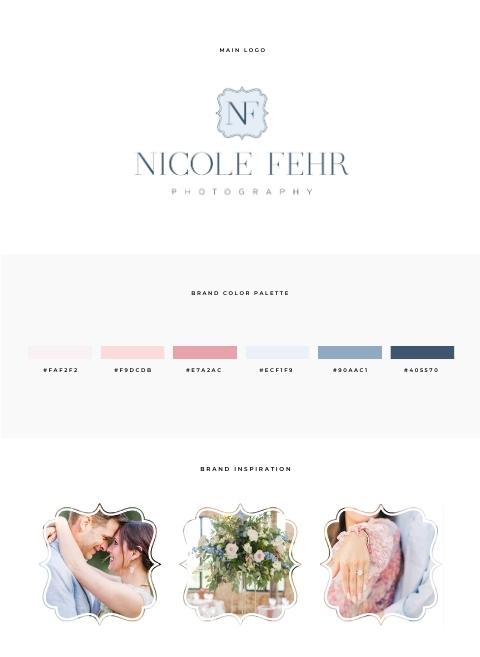So you have decided to start building Showit website templates but when it comes to determining your price you might feel at a loss. You might even be thinking. “I’m new how am I going to compare along side another designer who has 10 years of experience?” Um…. design friend they were new at some point to right? Of course! So let’s dive in and explore what you should consider when figuring out how to price your templates.
Understanding the Value Proposition
Before just throwing a price tag on a website template, let’s understand the value proposition it offers. Consider the following:
- Design Complexity: How complex is your template, evaluate the layout (did you use time consuming design things such as lots of trasions, canvas views, stacking order tricks or anything above and beyond, consider the number of pages the template has. Generally speaking templates that require extensive customization and incorporate advanced design elements should be priced as such.
- Functionality and Features: Does the template have e-commerce capabilities? What about advanced blog capabilities or anything extra. If so the pricing should reflect that.
- Support and Customization: What do you offer with your Templates? Is there any added bonuses, help videos or anything that offers even more value? How easy are your templates to customize did you build in Showit without any use of code or complex tools that would make it easy for the buyer?
Market Research and Competitive Analysis
I think this one is a given but unfortunately I feel like everyone only does this and nothing else or they do it wrong:
- Competitor Analysis: This involves finding your competitors offering similar website templates with the same features and quality as your own. It’s not fair to compare yourself to a designer who has years of experience and is offering a much higher rate. There is a price point for everyone!
- Customer Feedback: Gather feedback from past clients or create a surveys to understand the pricing preferences and budget of your target audience.
Factor in Your Time and Effort
Your time that you have invested in creating a website template should be paid for and be a big consideration in how much you price your templates:
- Design and Development Hours: Keep track of your time using an app like Toggl use this time to separate into categories like building time, time creating it for sale, your marking time. Basically every minute use spend keep track of it. You can use this time to evaluate how much per hour you really need to make to allow yourself to make a profit and not be working for pennies.
- Set A Goal with Cost of Doing Business: Once you determine how much time it takes you to build your templates you can set a goals for yourself by figuring out your cost of doing business. Your cost of doing business is determined by placing a value on your time and how much you need to sell to make a profit after you have deducted your expenses. Your expenses like your Showit subscription, domain name, email, flowdesk, any and all subscriptions ext..
Value and Customer Communication
It is also a consideration to keep in mind the value your templates have by what you provide with them. Are you going to offer a video course with support? Also when building your sales pages the more information you add about each template and what is included will make a big difference is selling it.
Offering Payment Options
Consider offering a payment option with Thrive Cart to help your buyer ease their budget. Especially in this new 2023 economy as things for many are tight and any help they can get will help. I also recommend Thrive Cart as it is a one time fee and you will not have to pay monthly fees.


